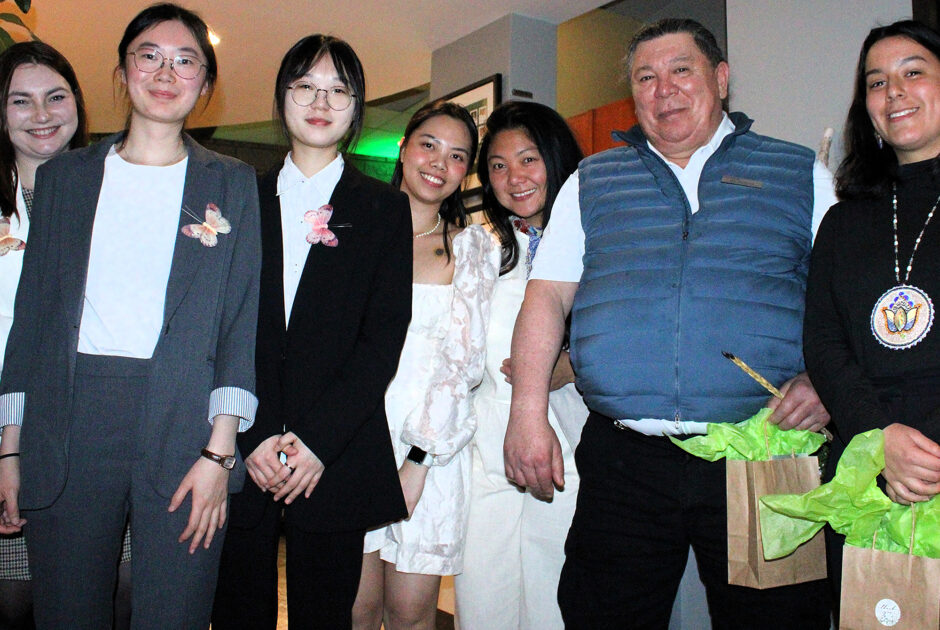The taste of home

Students from India know what they are getting into when they leave home and head to Canada in search of a better life. They are no strangers to hardship, struggle and a longing for familiarity.
The prospect of staying in touch with loved ones digitally is a compromise, but it still works.
But then there is food. When it comes to the palate, those memories seared in the mind are hard to replicate, and even harder to let go. It is where an Indian is weakest.
Food is to an Indian is so much more than mere taste; it is part of their being. Not just a means to exist, but a purpose to do so. And with every mouthful, it reflects all they left behind.
The last decade of research into neurogastronomy – the study of flavour perception – gives credence to this. We know taste and the sense of smell (aroma plays a dominant role in flavour perception) first evolved to help our ancestors detect safe foods, poisons and nutritious consumables. But then we invented fire, and food went from being a means of sustenance to an object of pleasure.
This change happened over a relatively short time period and our brains, tongues and noses did not evolve perfectly enough to reflect food’s new position in our lives. Instead, the brain decided the centres that dealt with memory and nostalgia would deal with flavour, too.
And that is why the butter chicken an Indian eats here in Canada is unable to fill the soul the way it should. Because tied inseparably to the mouthfeel and aroma is the multidimensional memory of location, environment and emotion. It is why what we ate as children tends to define what we enjoy as adults. And it is also why your mother’s food tastes better even though it is objectively inferior to a Michelin Star chef.
But in lieu of the rest, all an Indian student has here is taste and aroma, and no compromise can thus be afforded.
At first look, it is grim. Nowhere in India is butter chicken or chicken tikka masala served with rice. “Naan bread” and “Chai tea” are just blatantly foolish terms to anyone who speaks Hindi. And when a dish is labelled spicy – an arguably subjective definition – it is supposed to make the Indian tongue tingle, at least.
It feels inauthentic to an Indian – sitting down for the first time at a restaurant that reminds them of home in a foreign land – to be served what can only be described as the bastardisation of an entire cuisine. To see what they hold so dear be so overtly desecrated.
For the proud, distrustful and desperate Indian, taking things into their own hands is the only way through. If you want a good Biryani, you must make it yourself. Of course, this endeavour needs ingredients that are not readily available at the local store. Fortunately, grocery stores – like Thana Markets on Bank street – that stock spices and ingredients endemic to India have popped up everywhere.
But for the uninitiated – or the simply lazy – the hunt for an establishment designed to serve a clientele like them becomes a pedantic mission. And while they are few and far between – Taj Indian Cuisine on Carling Avenue is an example – they do exist. A restaurant dedicated to providing an unadulterated slice of home. A place that does not pander to local tastes.
As to how one finds these? Patience and perseverance. Try as many as you can, because there is no visual difference from the authentic and inauthentic. The proof is in the proverbial halwa.
There exists a third alternative – one that has more of the aforementioned memory associations – tiffin services. Back in India, this makes up the bulk of how Indians who are not home for lunch get their food: simple, home cooked meals that are packed and delivered on schedule.
Here in the Algonquin College community, Saatokda is one such service. It provides vegetarian food made at home by Guddi Vaishnav, a member of the Algonquin Indian Student Alliance. It is rapidly growing popularity online. From laddus and pav bhaji, to rotis and theplas, it is home food away from home.
Indian cuisine is hugely popular in Canada. But the Indian who tries it here is left wondering if the average Canadian has even experienced true Indian food? And, do they recognize that most of what they enjoy is specific to the North of India? And – this cannot be repeated enough – butter chicken is never served with rice?
Over the last few centuries, India was plundered by every white nation that could afford to make the trip for its spices and flavours. Unfortunately, they took the spices but not the palate. Perhaps it is time that changed.
If memory is tied so intricately with taste and aroma, it would be a travesty to not make the right ones for the next person introduced to such glorious food.









